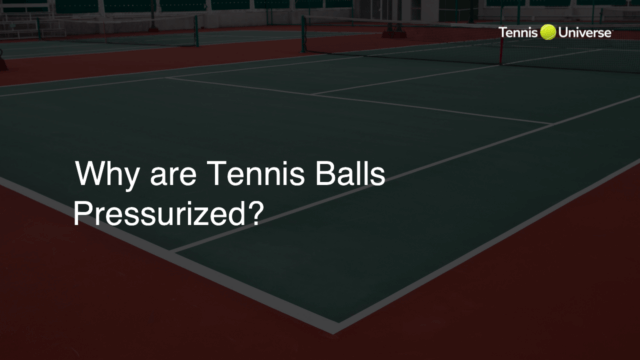In tennis, players switch sides after the completion of every odd-numbered game, which includes the first, third, fifth, seventh, and so on. Additionally, during a tiebreak, players switch sides after every six points. This ensures fairness by balancing the impact of wind, sun, and other external factors on both players.
Understanding the Importance of Switching Sides
Switching sides in tennis is a crucial aspect of the game that ensures fairness and equal opportunities for all players. By balancing the impact of external factors such as wind, sun, and court conditions, players can focus on their skills and tennis racket without worrying about an unfair advantage.
When to Switch Sides in Tennis
Switching sides in tennis occurs after the completion of every odd-numbered game. This means that players change ends after the first, third, fifth, seventh games, and so on. Following this pattern helps maintain the sport’s integrity and ensures that each player experiences both sides of the court throughout the match.
Switching During a Tiebreak
Another instance when players switch sides is during a tiebreak situation. In a tiebreak, players change ends after every six points, accounting for the fast-paced scoring and adjustments required in this high-pressure scenario.
Applying the Knowledge to Your Game
Understanding when to switch sides in tennis allows you to develop an appropriate game plan and adapt to the varying conditions that arise during a match. Mastering this aspect of the game can improve your overall performance, helping you make the most of your tennis racket and bring your best to the court.
Effects of External Factors on Tennis Performance
When playing tennis, external factors such as sun, wind, and shadows can significantly impact your performance. Adapting to these changing conditions is vital for your success on the court. As you switch sides, keep some essential tennis tips in mind when facing these challenges:
Playing in the Sun
The sun can affect your vision and make it challenging to accurately judge the ball’s trajectory. When playing on the sunny side of the court, remember to wear a hat or sunglasses to shield your eyes. Don’t forget to focus on the ball and make necessary adjustments to your stance and swing to counter the sun’s glare.
Dealing with Windy Conditions
Wind can alter the ball’s path and make it tough to maintain consistency in your shots. To combat this, adjust your playing style by opting for higher-percentage shots, such as deeper and more conservative groundstrokes. Depending on the wind direction, adapt your tactics by hitting with or against the wind to control rallies.
Overcoming Shadows
Shadows on the court can create visual distractions, making it difficult to track the ball. When playing in shadows, rely on your muscle memory, anticipate your opponent’s shots, and maintain a balanced stance to extend your reach.
Additional Tennis Tips for Success
Beyond understanding when to switch sides in tennis and adapting to external factors, consider these additional tennis tips for overall improvement:
- Practice footwork and agility to enhance your movement on the court.
- Maintain proper grip and racket head positioning for accurate, powerful shots.
- Focus on mental composure and implement mindful techniques to manage stress during challenging matches.
- Develop a strong, consistent serve as it’s the foundation of your game.
By incorporating these tennis tips into your game alongside the knowledge of switching sides, you’ll be better prepared to face a variety of conditions and opponents on the tennis court.
Frequently Asked Questions
After reading the blog post, you might have some additional questions concerning switching sides in tennis and related topics. Here, we’ve compiled a list of frequently asked questions to shed further light on the subject.
What happens if players don’t switch sides according to the rules?
If players fail to switch sides according to the rules and both fail to realize the mistake, they should continue playing from their current positions and correct the rotation during the next changeover. However, if they notice the error midway through a game, they should complete the game and switch sides in accordance with the existing score.
Do you switch sides during a warm-up?
Yes, players should switch sides during the warm-up session to ensure they’re familiar with both sides of the court under the prevailing conditions. This helps players acclimate to the court and adjust to various external factors they may encounter during the match.
How long is the break when switching sides?
When switching sides during a tennis match, players get a 90-second break during regular changeovers and a 120-second break at the end of each set. These breaks allow players to rest, rehydrate, and prepare for the next portion of the match.
Do the rules for switching sides apply in both singles and doubles tennis?
Yes, the rules for switching sides apply in both singles and doubles tennis. Players must switch sides after odd-numbered games and during tiebreaks, ensuring that all players experience both sides of the court throughout the match.
Are there exceptions to switching sides in specific tennis formats?
In some non-standard tennis formats, such as short sets or fast4, the rules for switching sides can vary according to specific tournament regulations. However, it is always crucial to consult and adhere to the guidelines set by the organizing body for a particular event.












